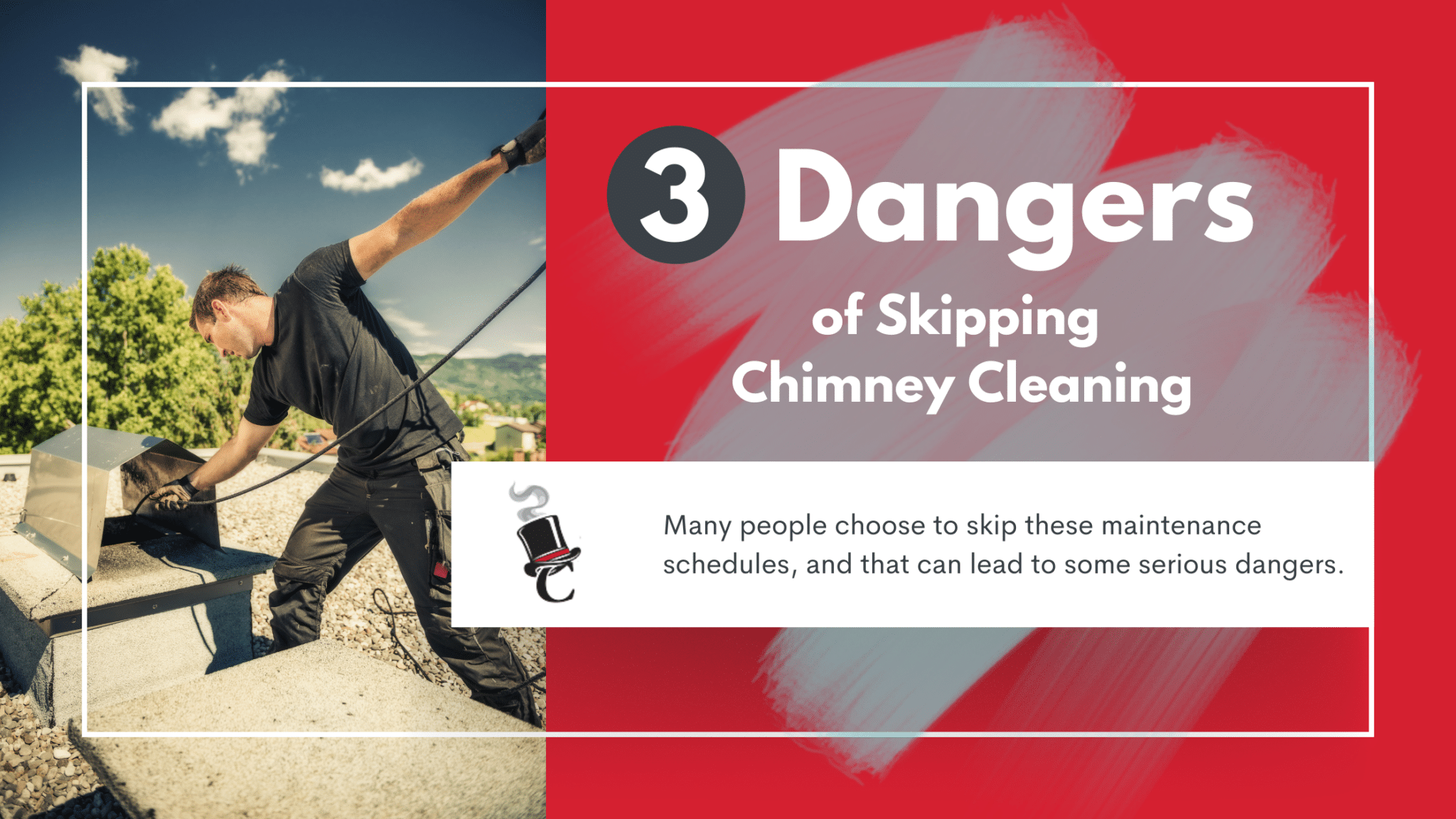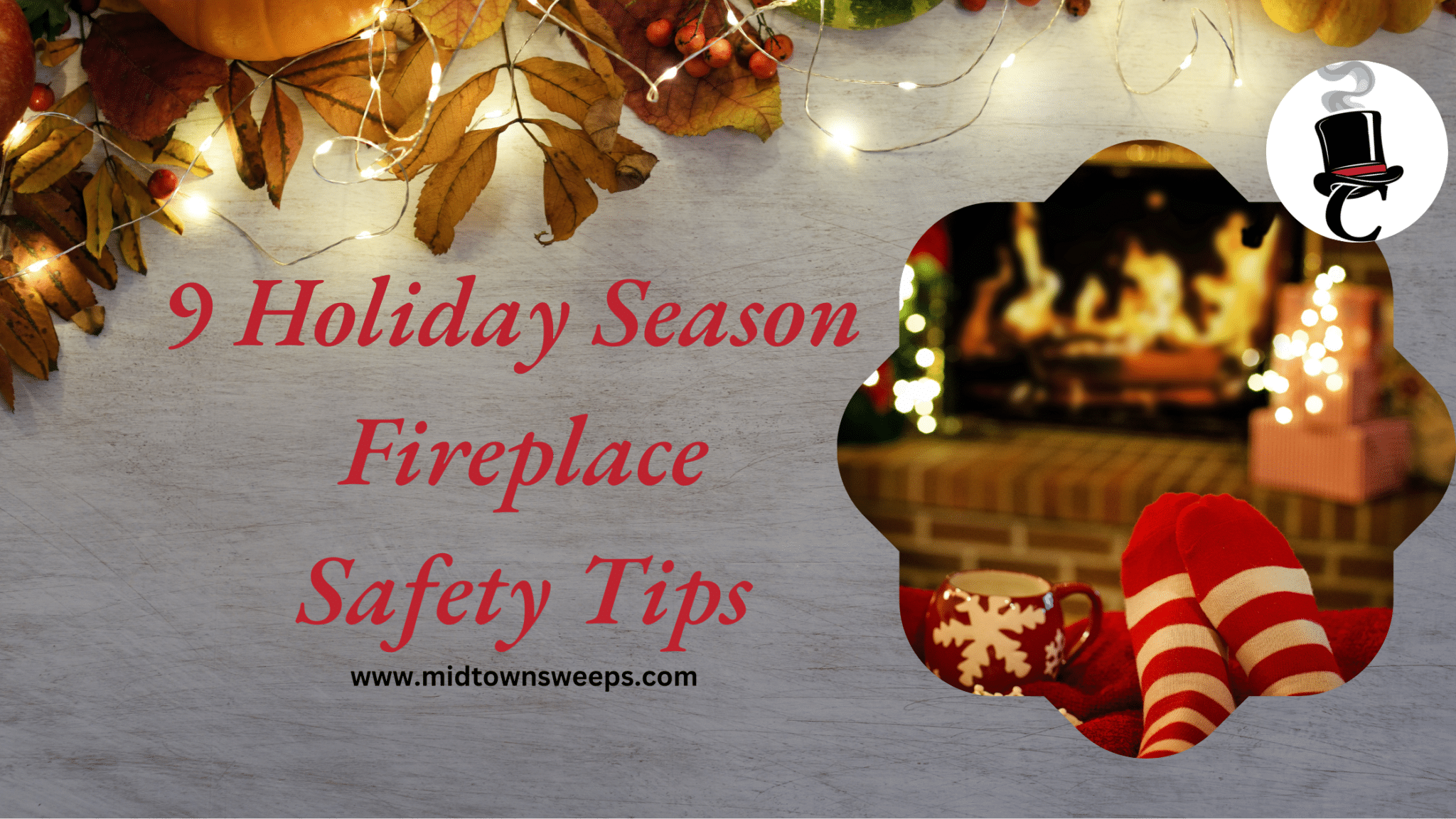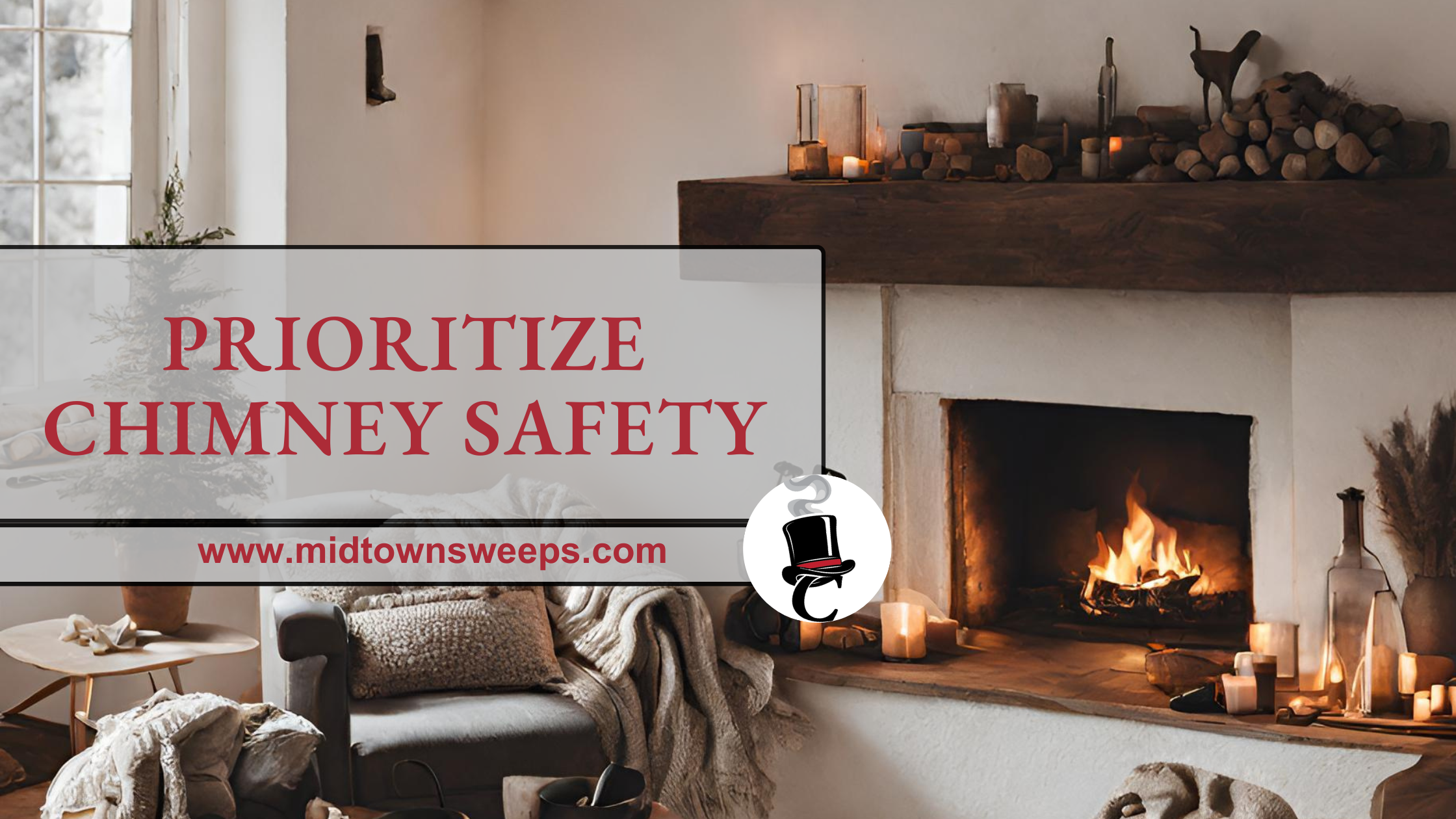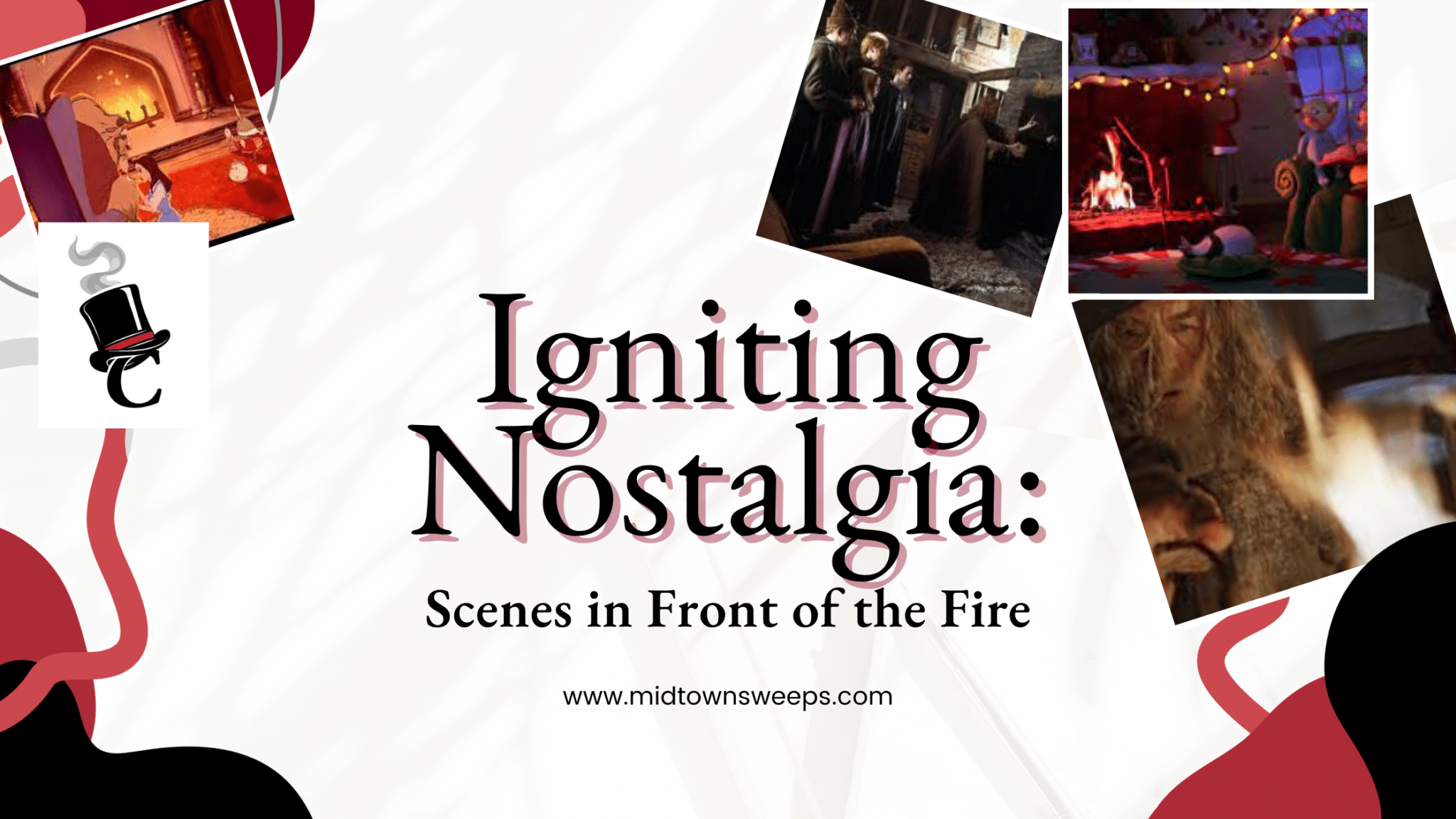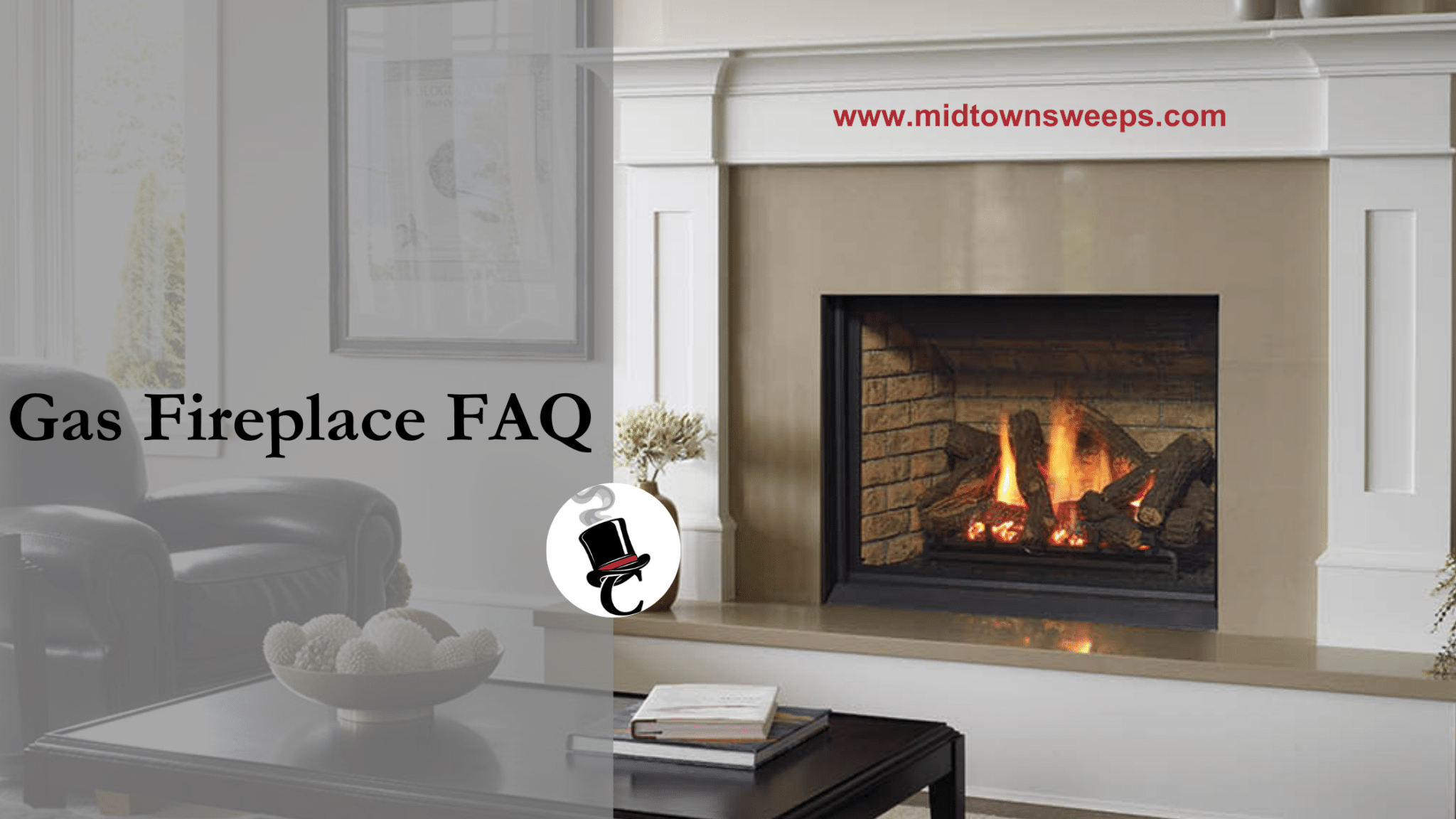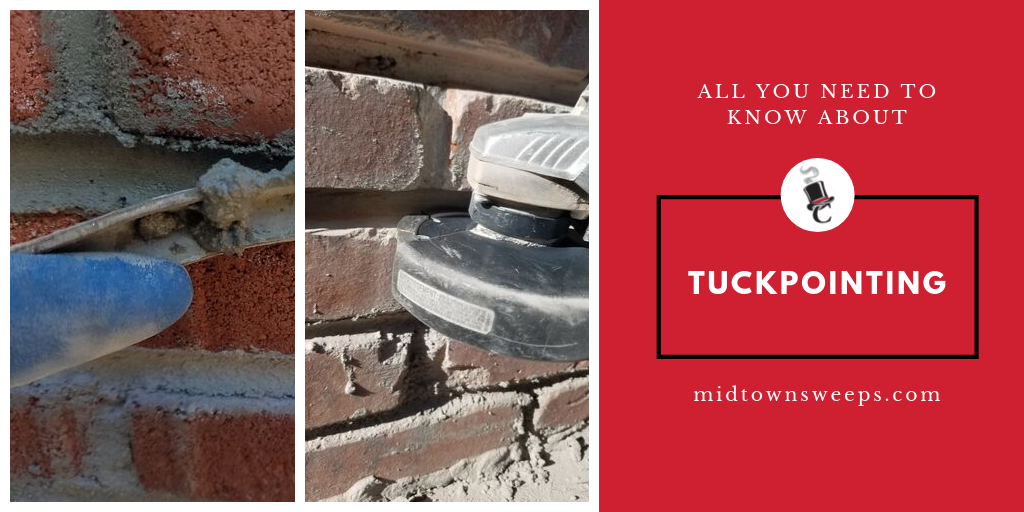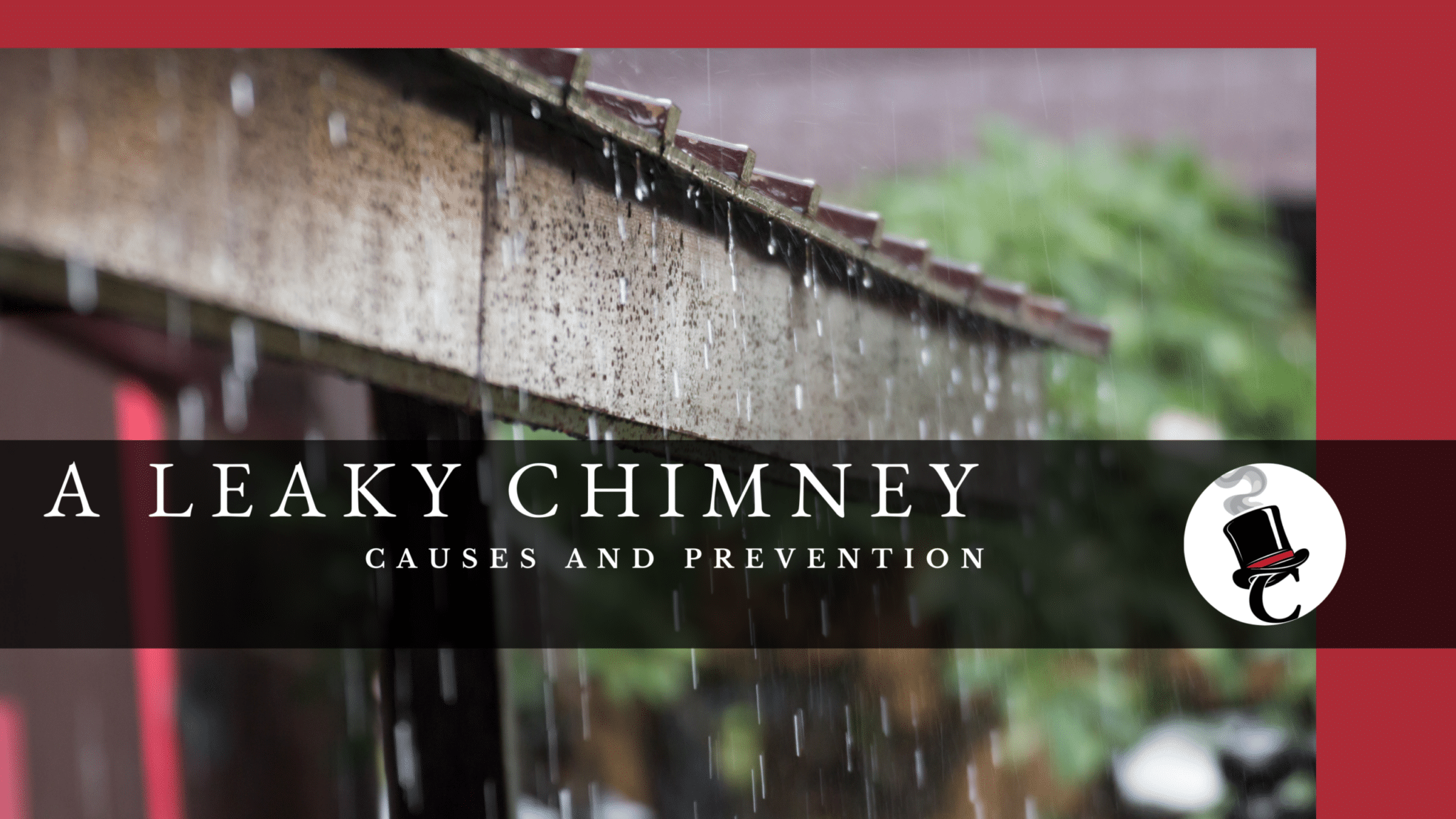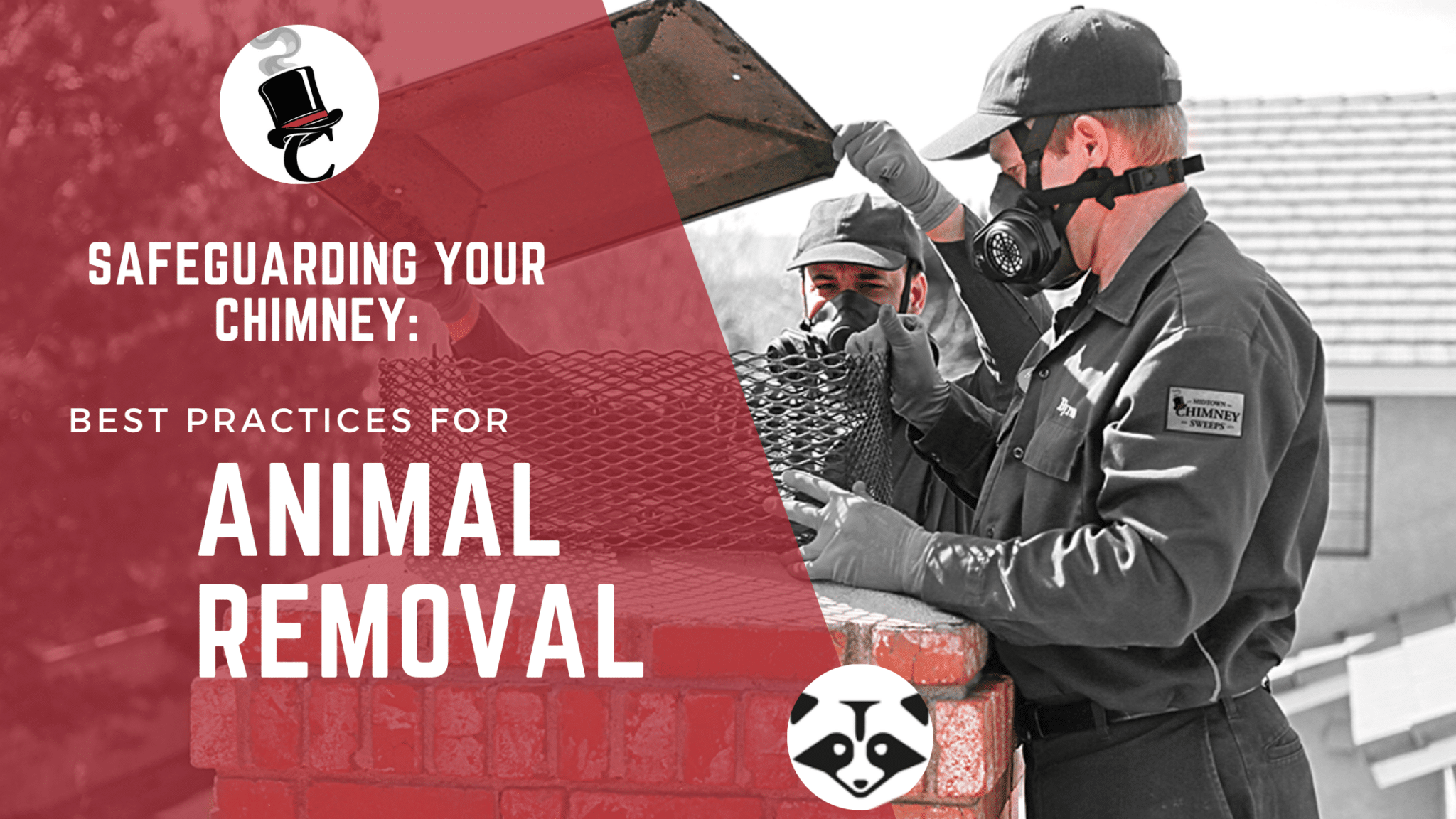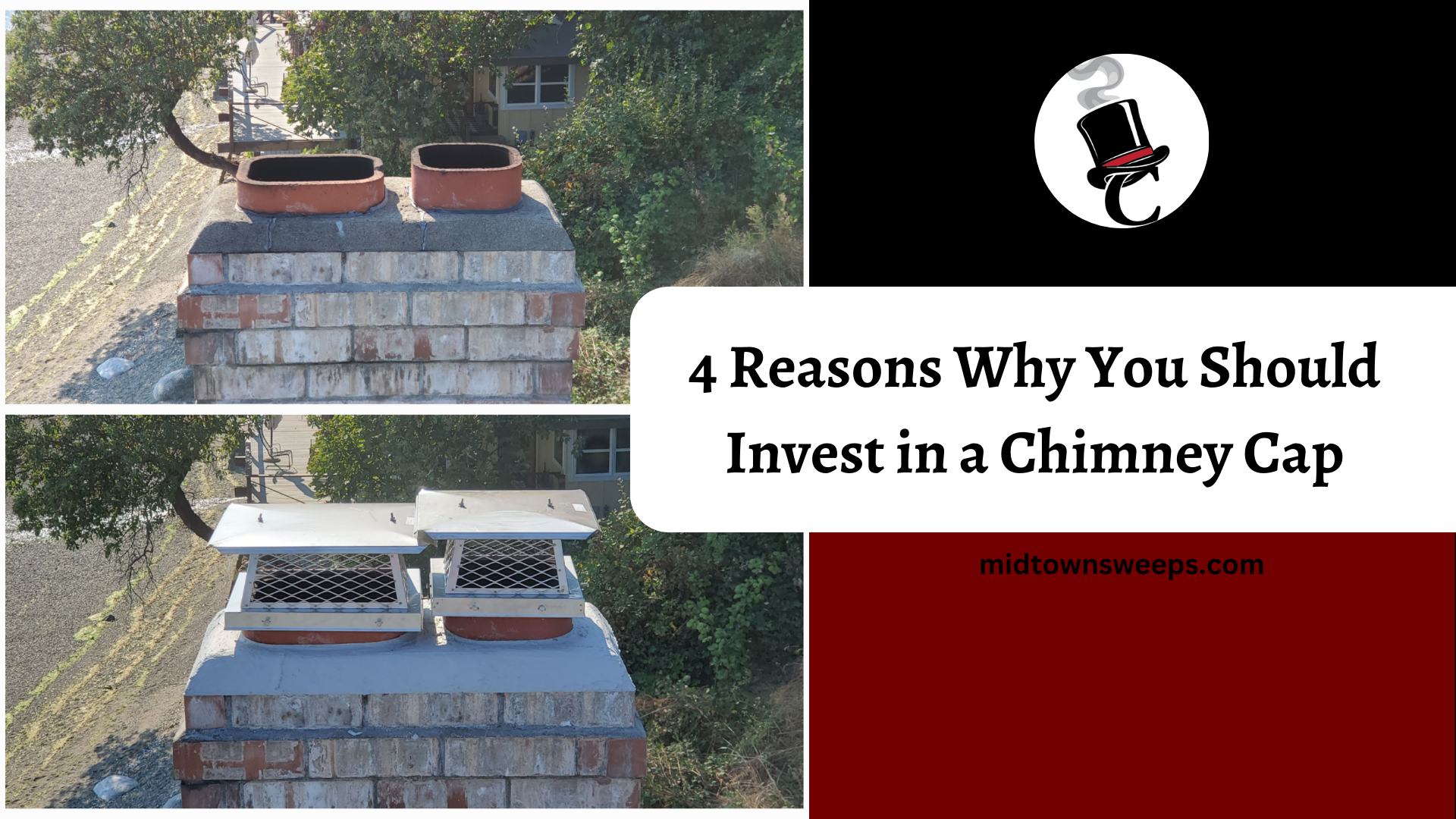Looking for a new fireplace and setting up for a professional fireplace install becomes easier if you understand the key industry terminology. This will help give you better insight to what you want your fireplace to look like or better understanding of the basic features you’re looking for!
Knowing fireplace terminology will help you find just what you want, and how to ask for it. It also ensures you understand what you’re hearing or reading when researching fireplaces, comparing specifications, and talking to professionals about installation.
To give you a head start understanding the market, we put together brief definitions for 10 fireplace terms you’re likely to encounter.
Air Vent
The air vent directs smoke produced by your fireplace through your chimney opening. It’s important to open the vent when your fireplace is in use to prevent the smoke from filling your home instead of going outdoors.
Cladding
Cladding is a decorative idea that allows you to transform the appearance of your fireplace. It can also offer some safety features while muting some noise produced by an active fire. Metal is a popular material for cladding, but there are other options like stone.
Corbel
Corbels are decorative pieces made from wood, metal, or stone, often placed as support structures for the mantel. They come out of the fireplace structure for decorative and supportive purposes.
Damper
Dampers are designed to stop the flow of air inside a duct or chimney space. They’re critical to determining the direction of flow through the chimney with smoke making its way outside your property. Dampers are also used in HVAC and with other systems that utilize ducts or enclosed spaces to control the flow of air.
Firebox
The open space where you build your fire is the firebox. It is always constructed the same with a flat surface along the bottom, three sturdy walls, and a top opening that connects to the chimney. It also features an open front that allows you to enjoy the warmth and beauty of the fire.
Flue
The flue is the opening of the chimney that collects smoke and waste gas from the fireplace and escorts it outdoors. The flue lining runs along in the inside surface of the chimney opening.
Hearth
The floor inside the firebox is called a hearth. It typically extends into the room in front of the firebox, and that part is known as a hearth extension. It’s important to build the hearth from noncombustible material. That’s why stone and brick fireplaces are so common.
Mantel
The mantel is the stone, brick, or other material built along the front surface of the fireplace. It was originally intended to hold smoke in the firebox but is now often considered a decorative element as well.
While you have some stylistic choices with this piece of the fireplace, it’s important that the material is noncombustible. Stone and brick are the most common options.
Mantel Shelf
The mantel shelf rests at the top of the mantel and is secured to the wall. It may have corbels for decorative supports. The shelf is often used for decorative purposes, but you may also have functional uses for it.
Surround
A fireplace surround is built around the opening of a fireplace. It secured its name because it simply surrounds the fireplace opening. You can select the surround with aesthetic goals in mind, so it may help you achieve the vision you want to create in your home.
Preparing for New Fireplace Installation
Now that you understand general fireplace terminology, it’s time to find the ideal fireplace for your property. Start by identifying where you want to install the fireplace and what you hope to accomplish. Are you looking for a decorative fireplace to set the mood on special occasions, or will you depend on your fireplace for warmth in the winter?
Once you have a fireplace goal, it’s time to work with a professional to select the right fireplace for you. That’s where our team comes into play. Contact us today to get the process started.


